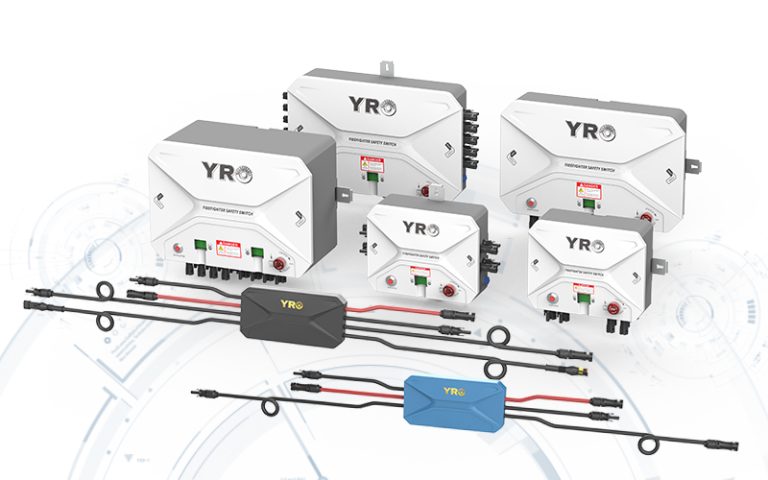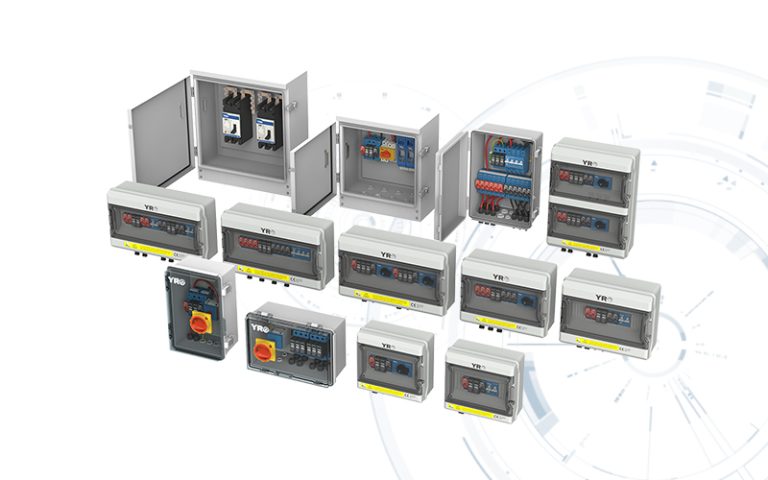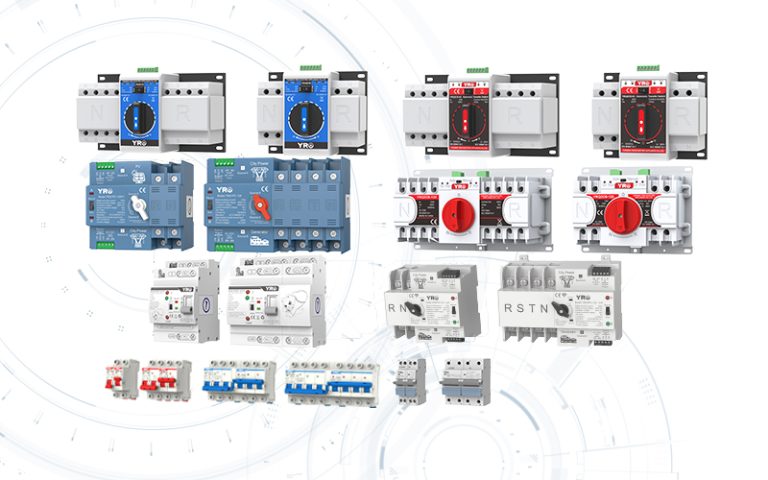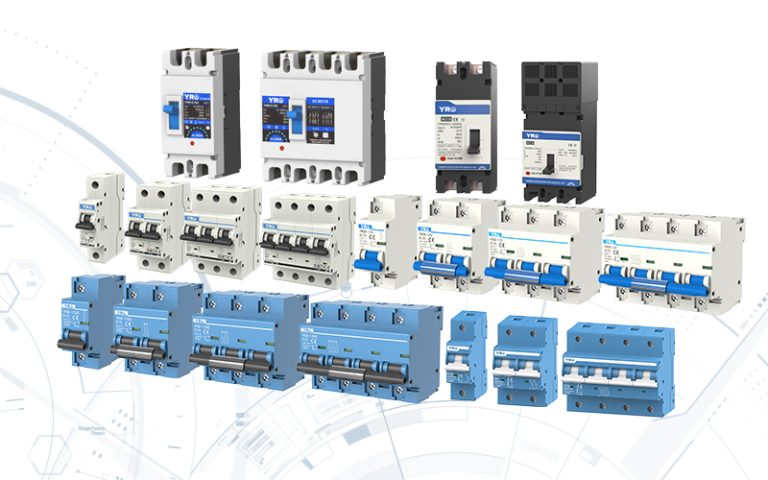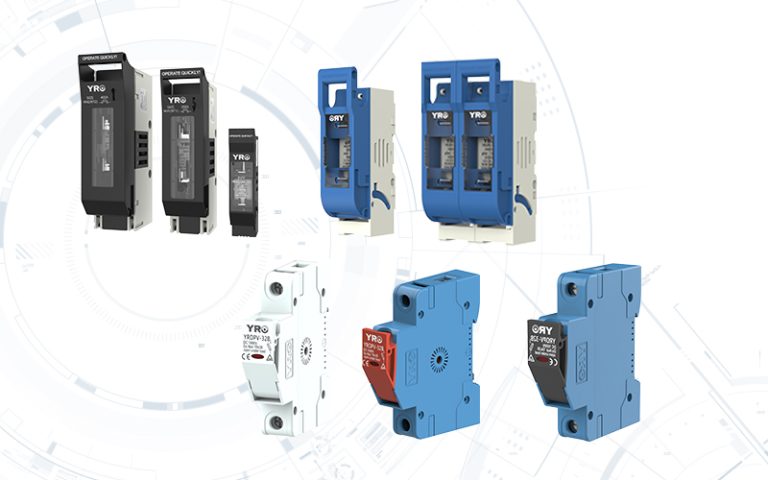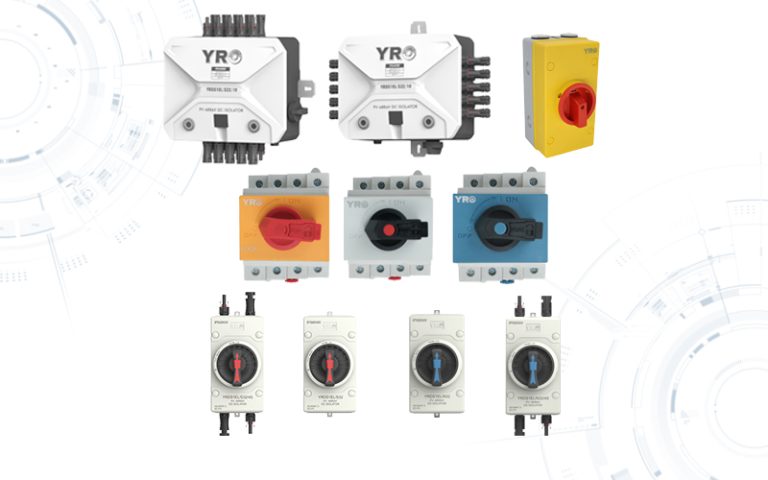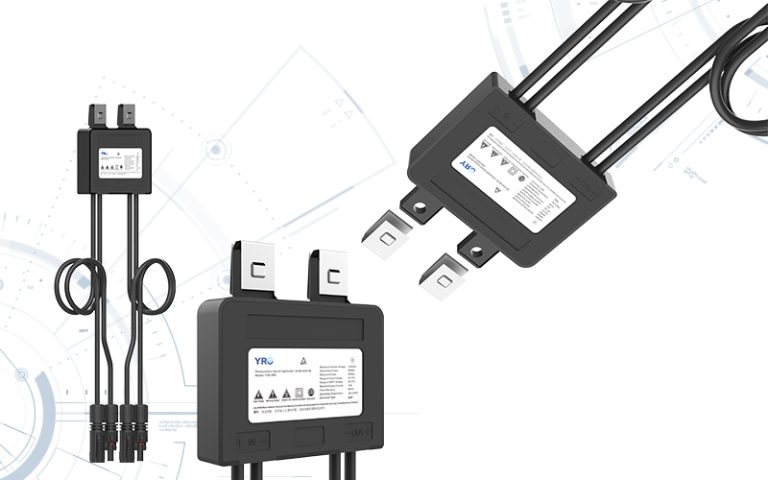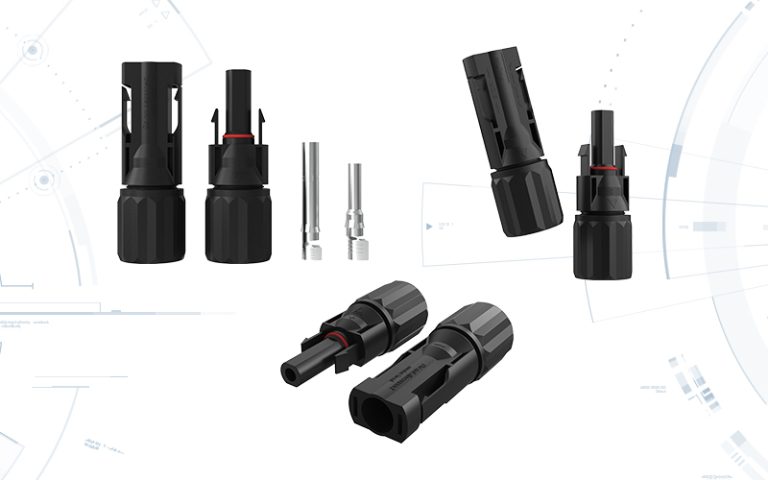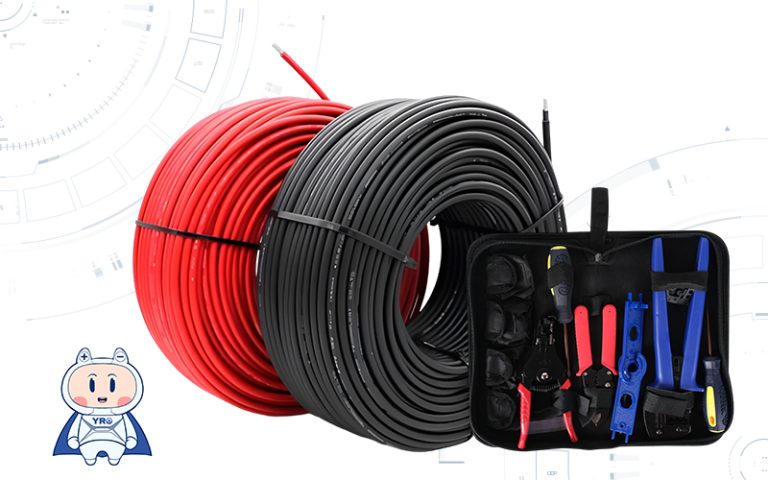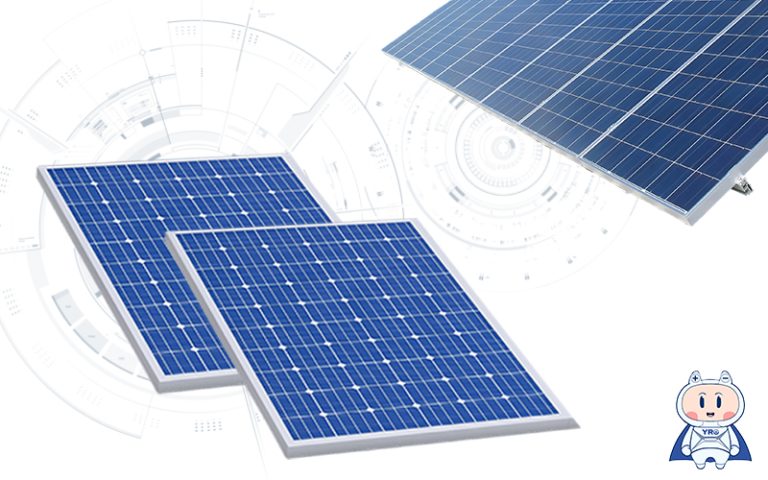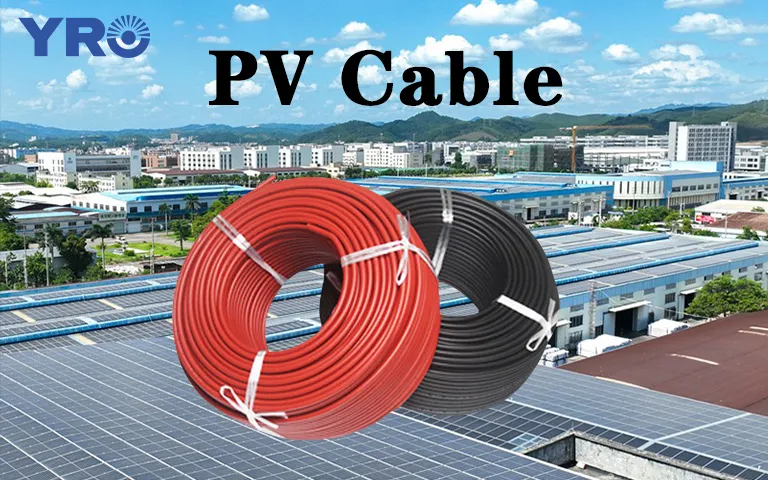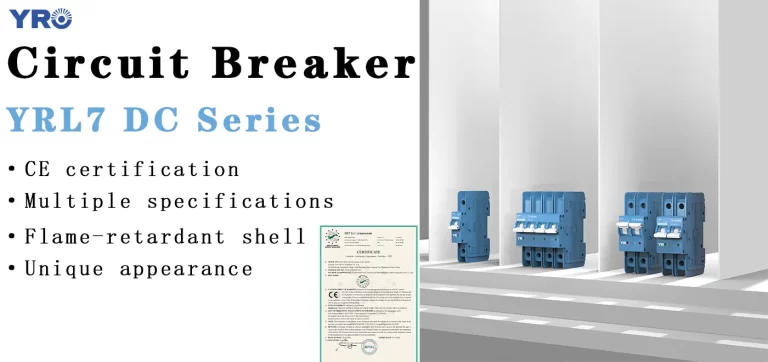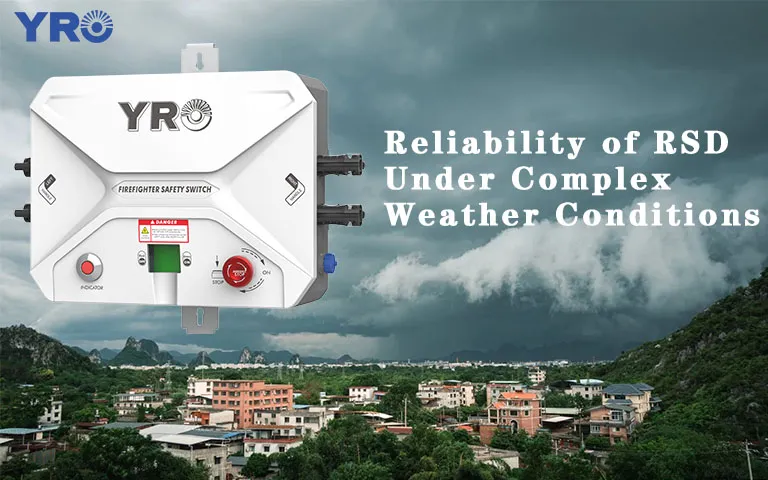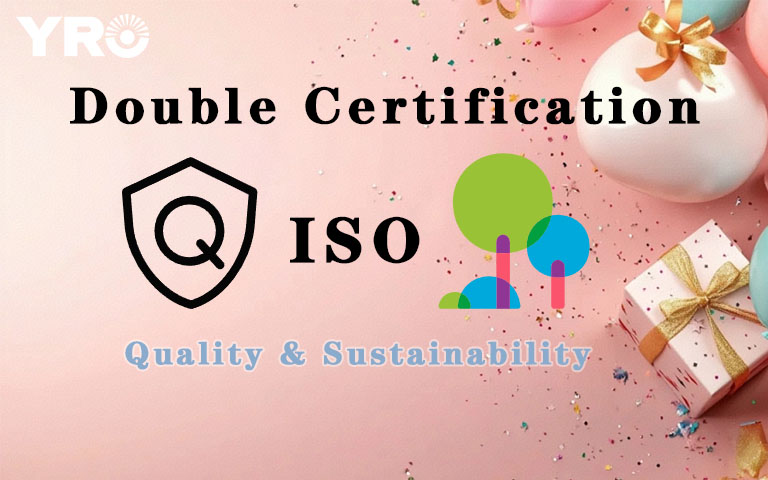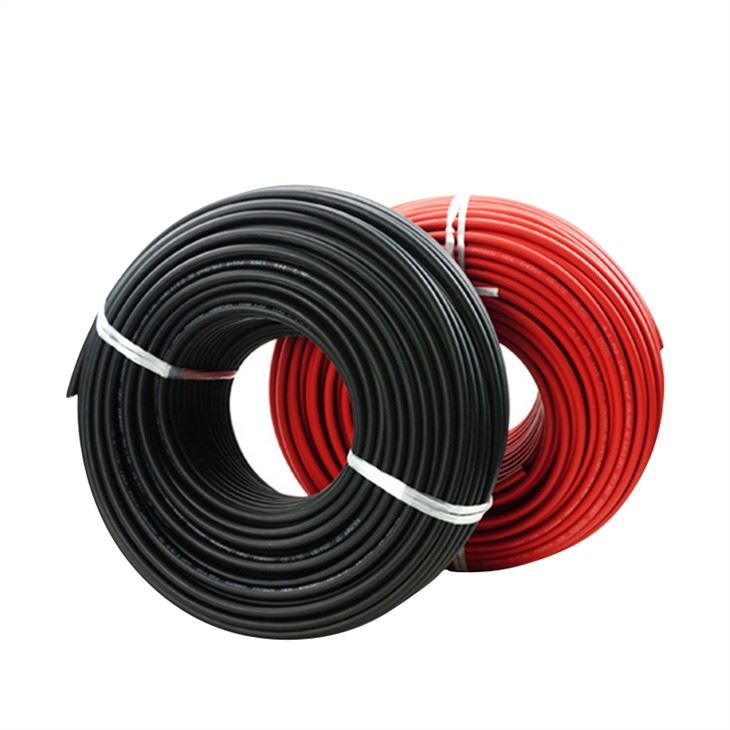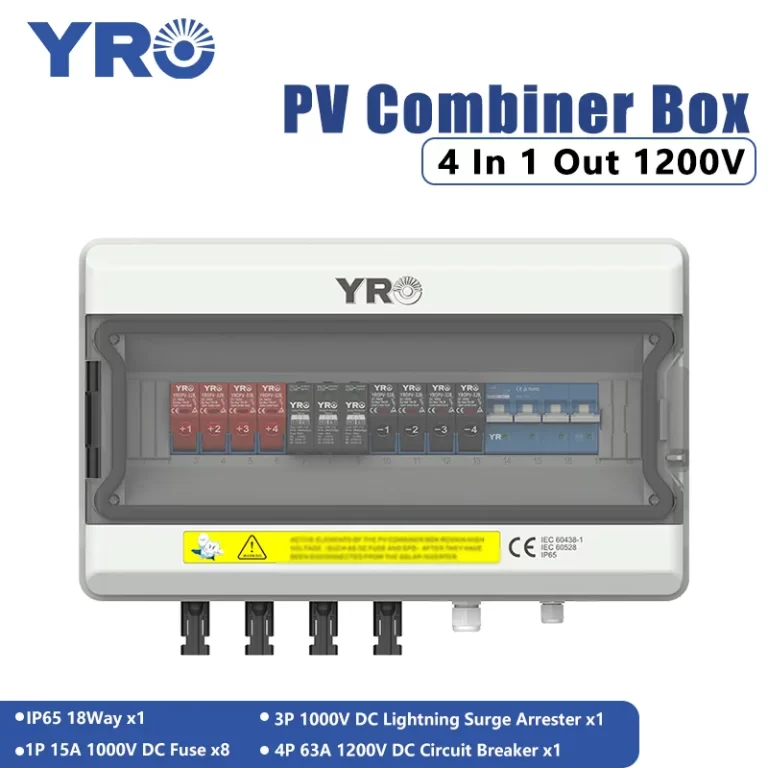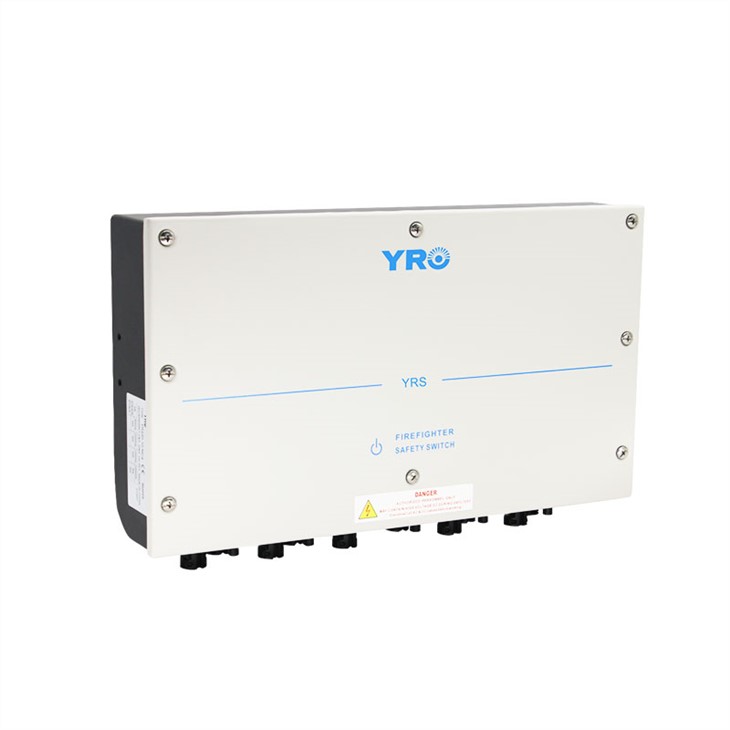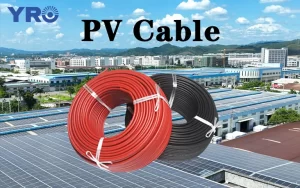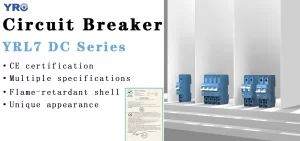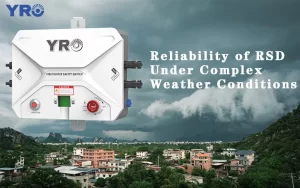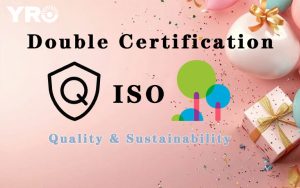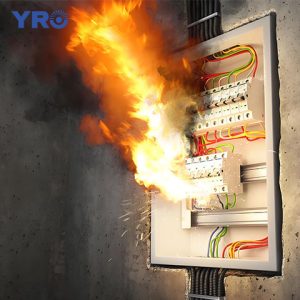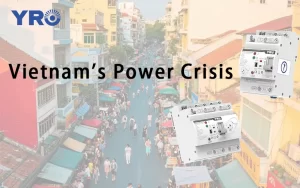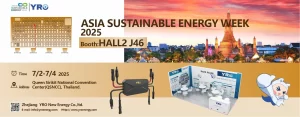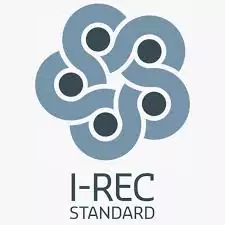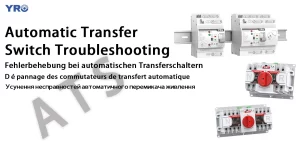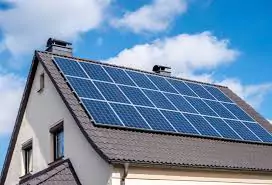With the continuous expansion of solar energy installations worldwide, many non-professionals often raise a question: “Can PV cables be used in combination with ordinary cables?” Professionals here give the answer: No.
Understanding the Essential Differences Between PV and Ordinary Cables
Solar cables are specifically designed for photovoltaic applications, possessing unique characteristics that ordinary cables lack:
Environmental Adaptability
PV cables are engineered for solar power systems, enduring harsh conditions like high temperatures, UV exposure, and extreme weather. Ordinary cables deteriorate under these conditions, experiencing insulation damage and even fire risks.
Material Differences
Solar energy cables are insulated and sheathed with irradiated cross-linked polyolefin (XLPE), featuring high-temperature resistance, UV resistance, and chemical corrosion resistance. Ordinary cables usually use polyvinyl chloride (PVC), which has insufficient insulation performance and mechanical strength, and cannot meet the long-term operation requirements of photovoltaic systems.
The Main Problems Faced by Mixed Use
Premature Insulation Degradation
When ordinary cables are exposed to intense UV radiation and extreme temperatures in solar installations, their insulation becomes brittle and cracks. This deterioration exposes conductors, creating potential electric shock and short-circuit hazards.
Insufficient Temperature Grade
During the peak hours of sunlight, especially in areas with abundant sunlight, the temperature under the photovoltaic panels can easily exceed 60°C. If ordinary cables with insufficient temperature resistance grades are used, it will lead to rapid aging of the insulation material and a decrease in dielectric strength. Eventually, a fire accident may occur due to local overheating or insulation breakdown. In environments with frequent temperature changes, ordinary cables are more prone to damage due to friction, thus reducing their service life.
Non-Compliance with Electrical Codes
Multiple international and regional standards (e.g., U.S. NEC, IEC 62548, and local solar installation codes) explicitly prohibit or strictly restrict mixing different cable types.
💡 Tip: When planning cable layouts, always consult the latest local electrical codes or seek professional advice from licensed electricians.
Optimal Cable Routing Practices
Separate DC and AC Cable Routing
For both rooftop solar and large-scale ground-mounted systems, completely separate DC PV cables from ordinary AC cables using distinct conduits or raceways. This complies with regulations and prevents heat accumulation and electromagnetic interference.
The Cables Are Clearly Marked and Easy to Maintain
All cables should be clearly marked according to voltage, application and type. Different colored sleeves or labels can be used to facilitate quick identification during fault detection or maintenance.
Select Certified High-Quality Cables
All solar cables must carry international certifications (e.g., TÜV, UL, CE). Ordinary cables must have clearly defined usage scenarios—not all cables labeled “outdoor-rated” are suitable for solar systems.
Conclusion
Although the initial cost of ordinary cables is relatively low, which may induce some users to consider mixing them with photovoltaic cables, the technical risks and safety hazards they bring will far exceed the procurement costs saved.
Photovoltaic cables are specialized cables developed to meet the specific requirements of solar energy systems, while ordinary cables cannot handle the same application scenarios.
Want to know about YRO brand photovoltaic cables? Welcome to visit our official website or contact us for customized quotations.

